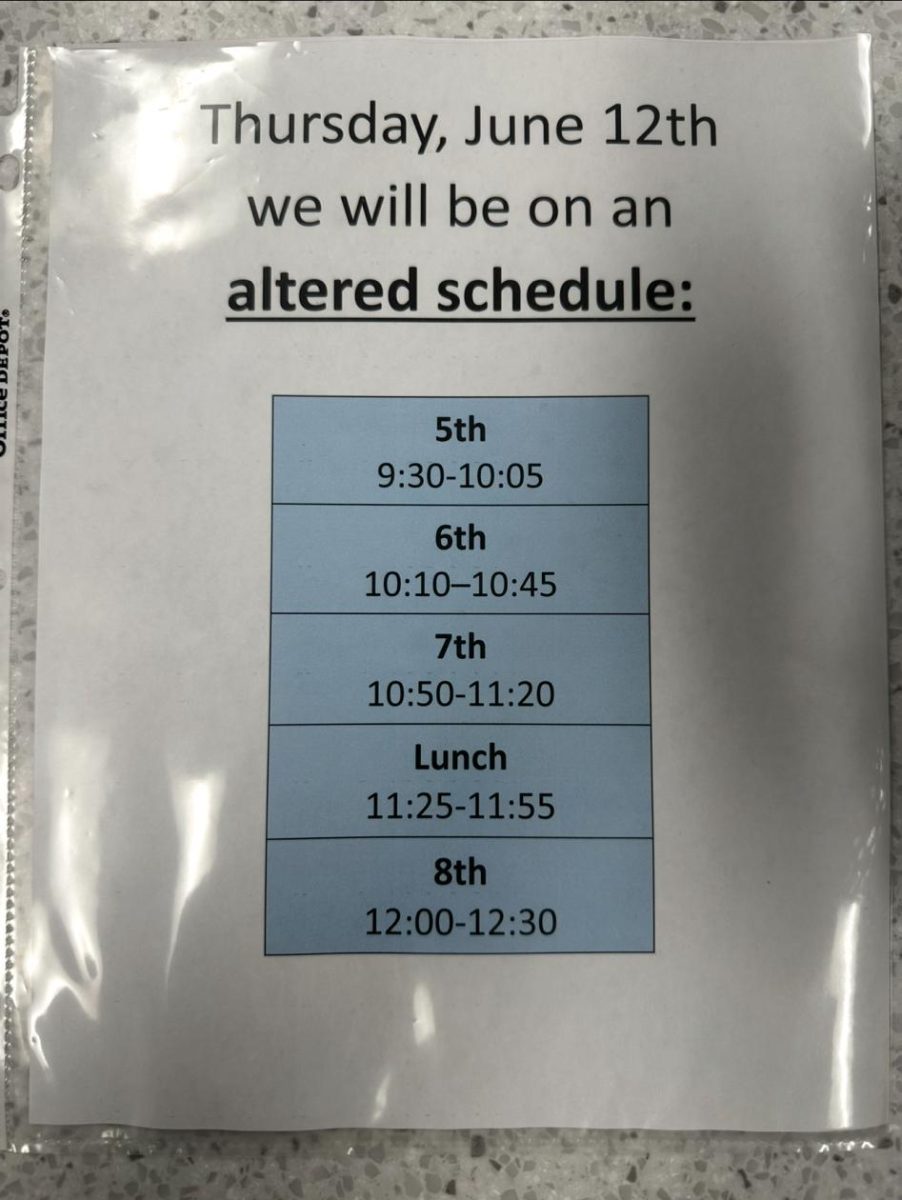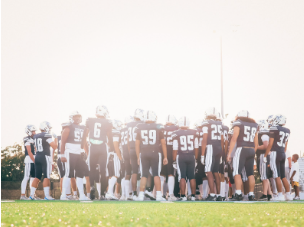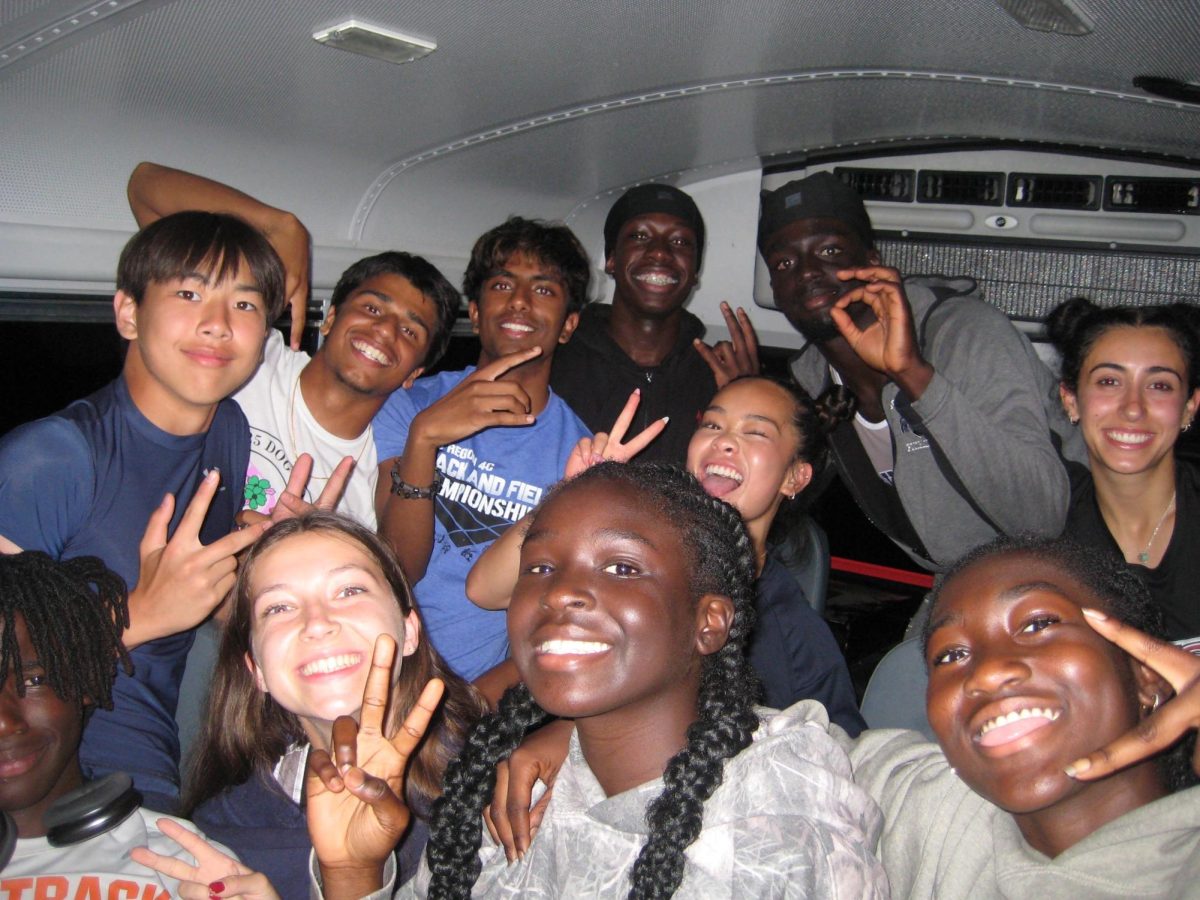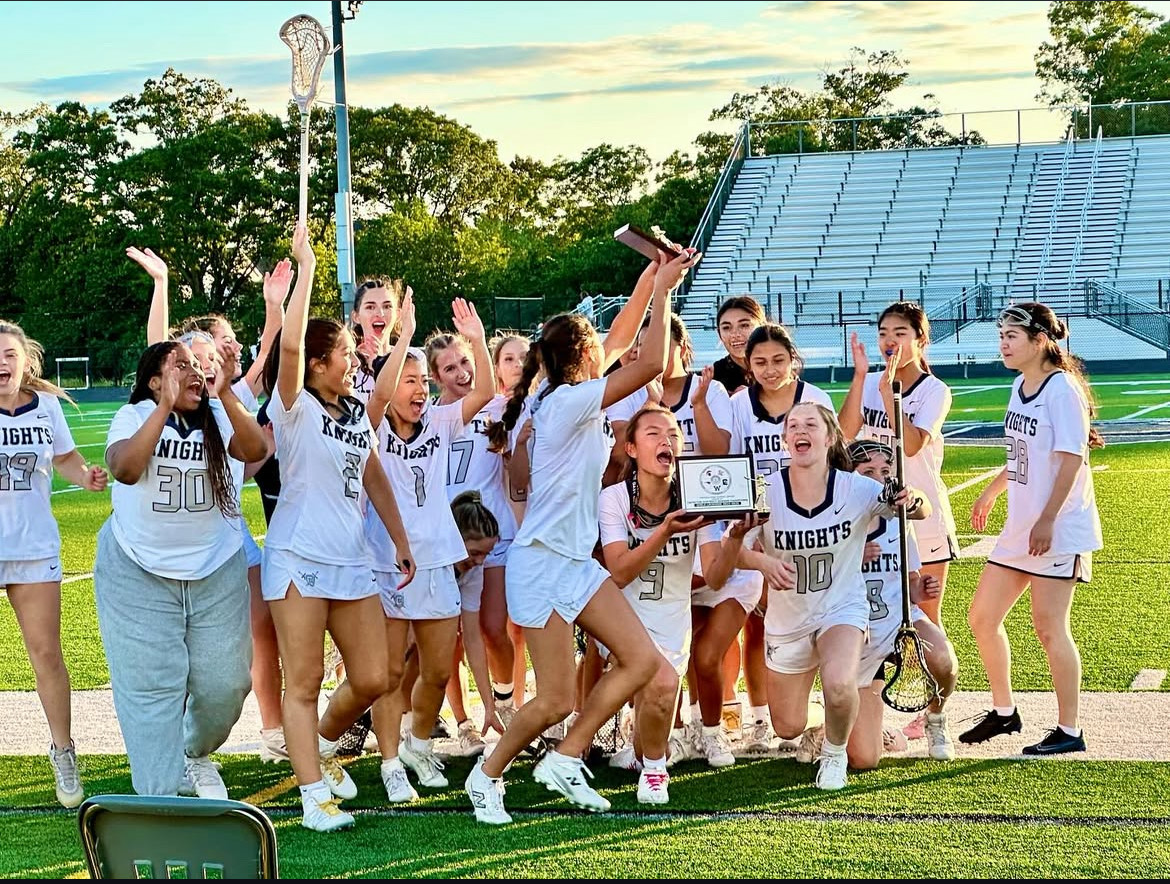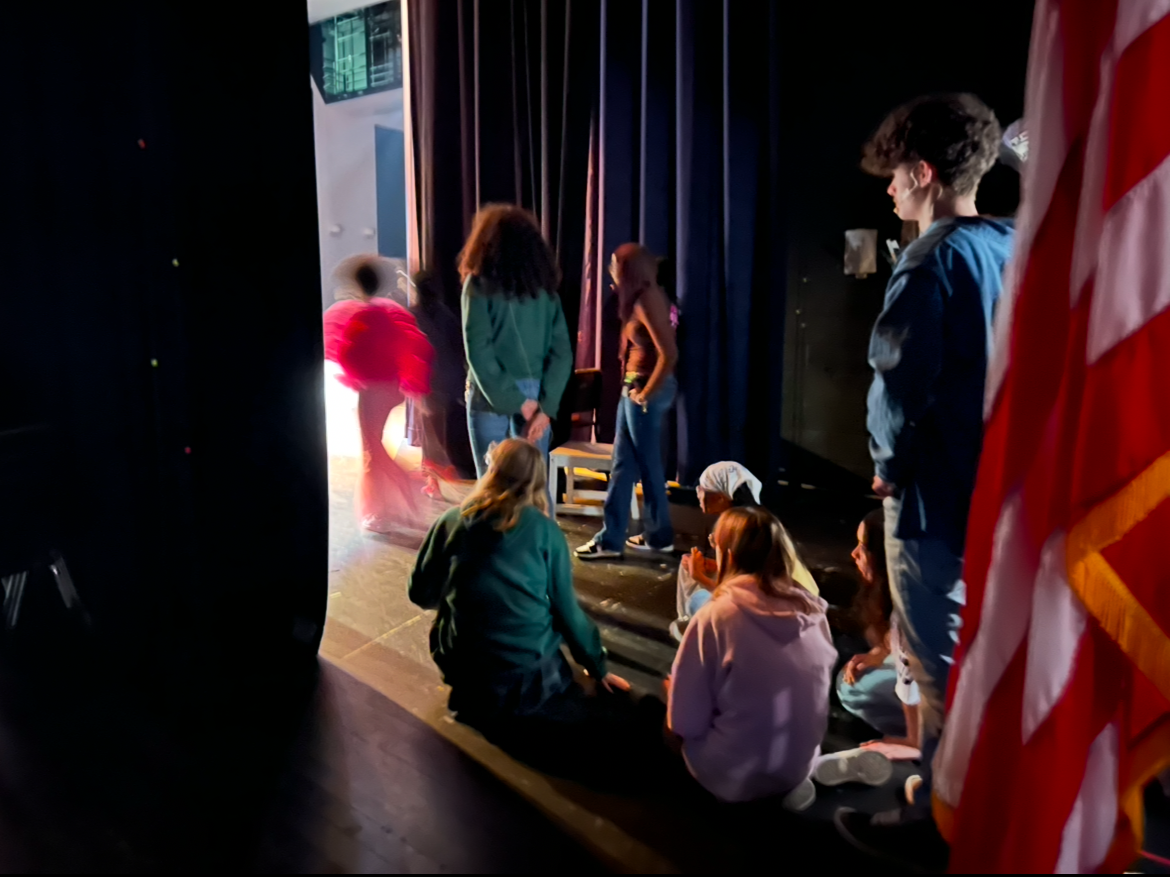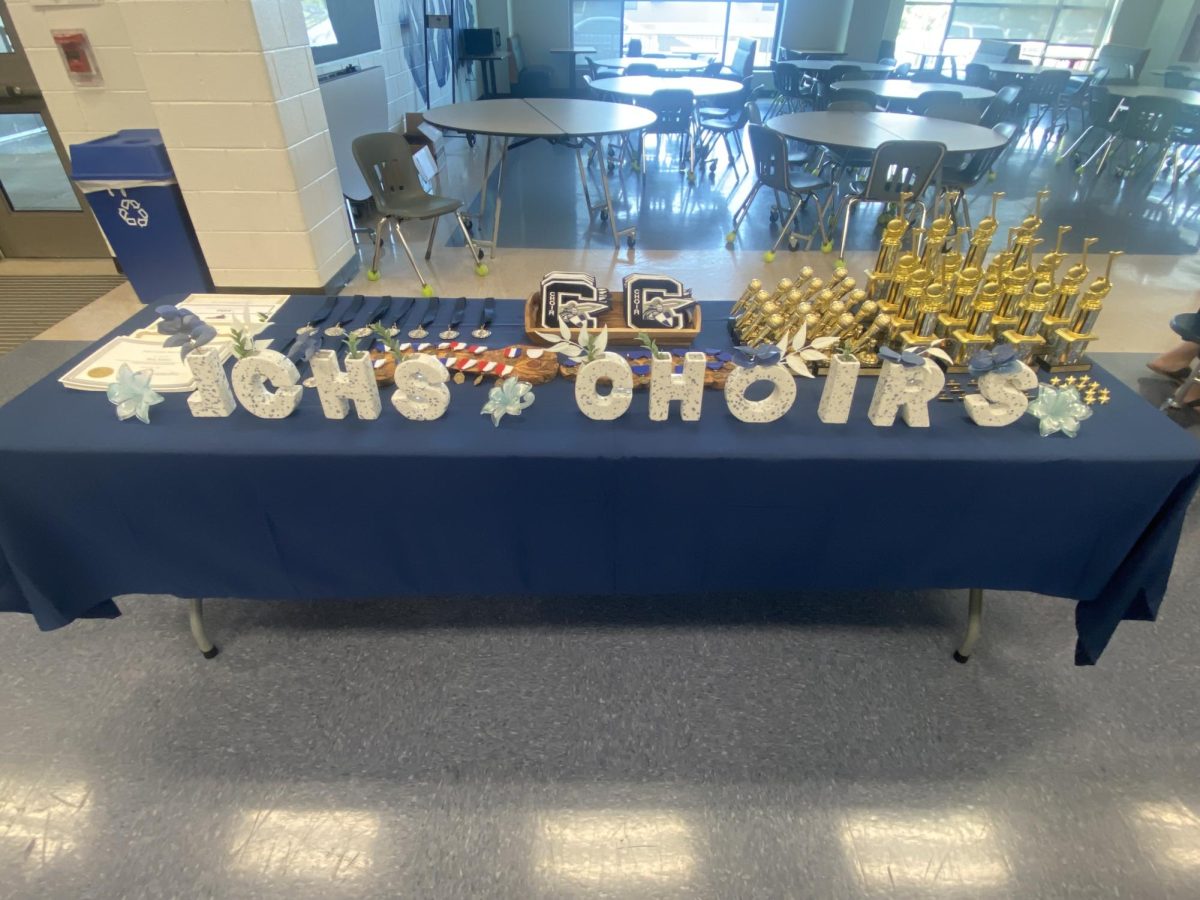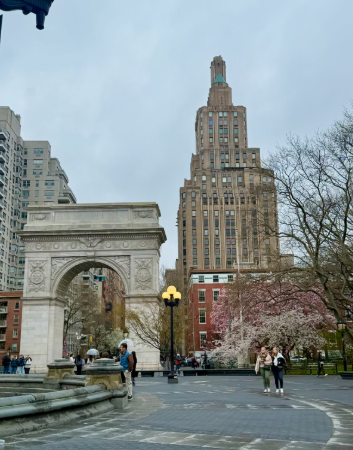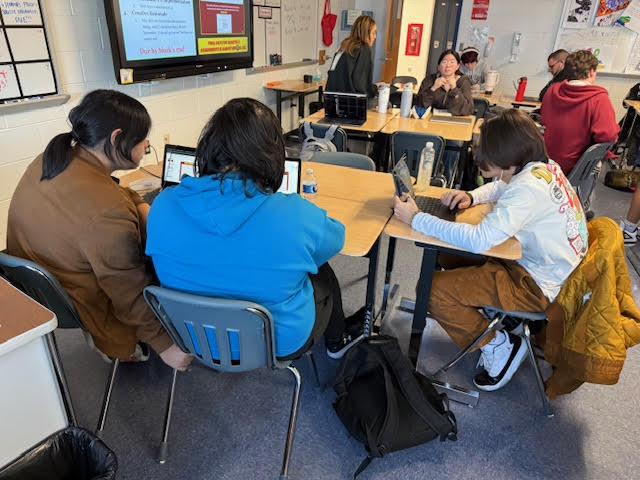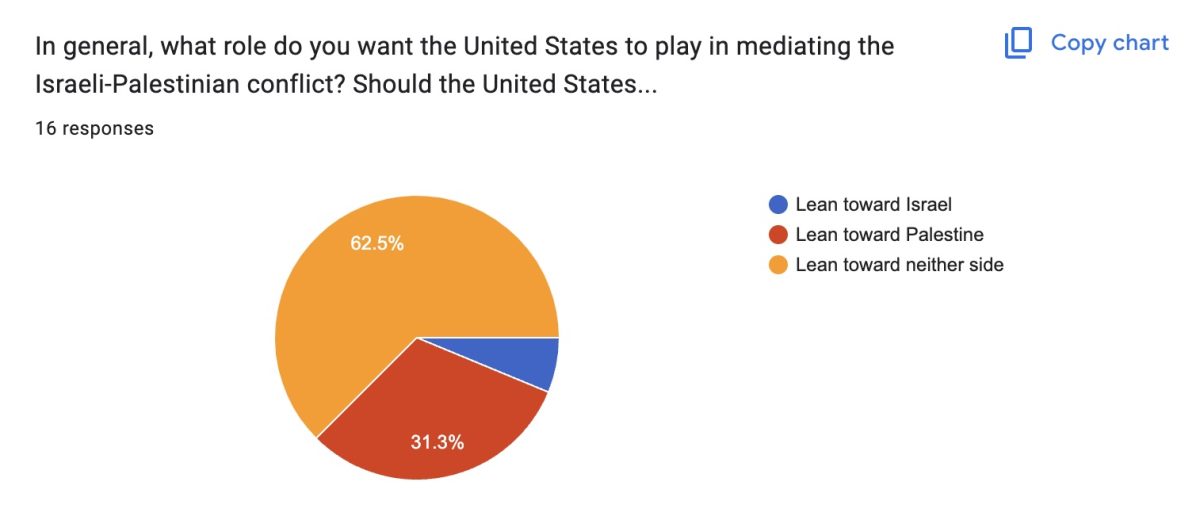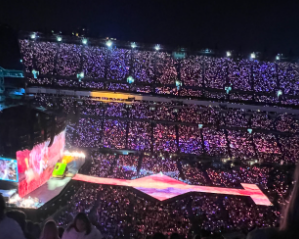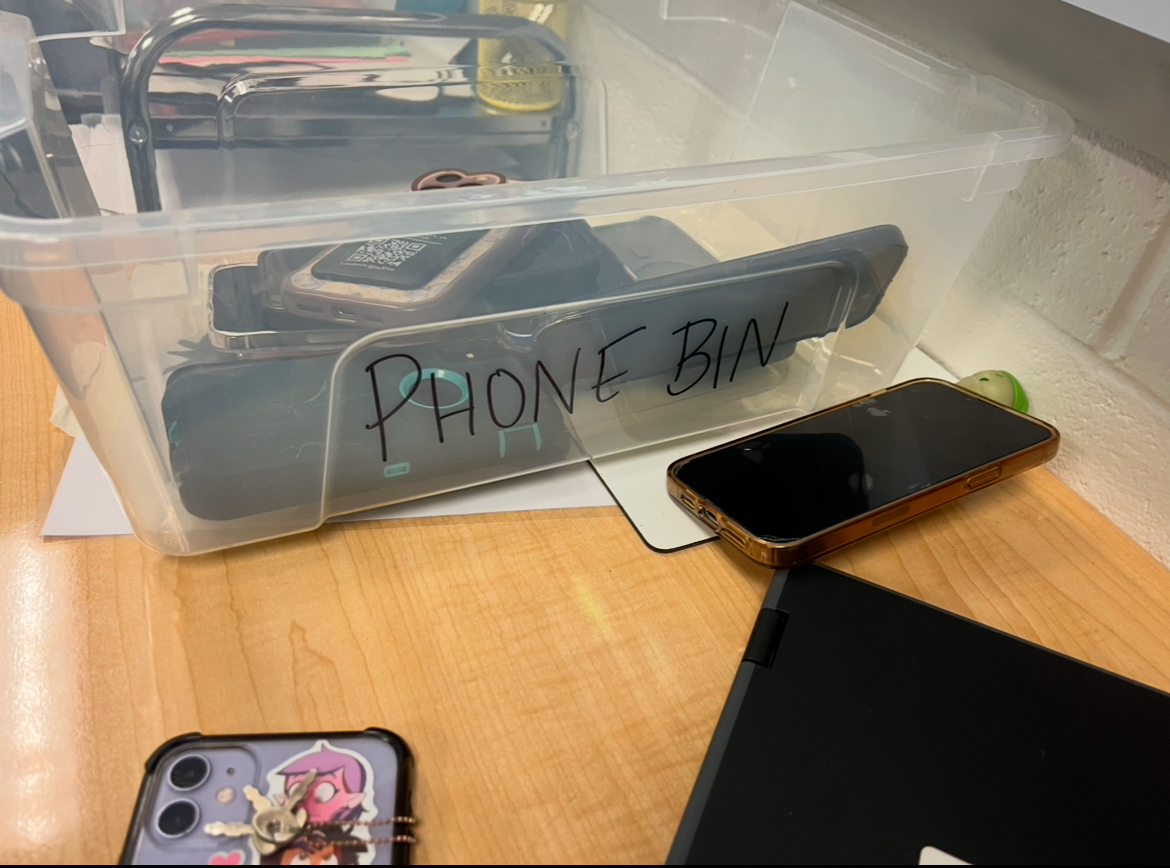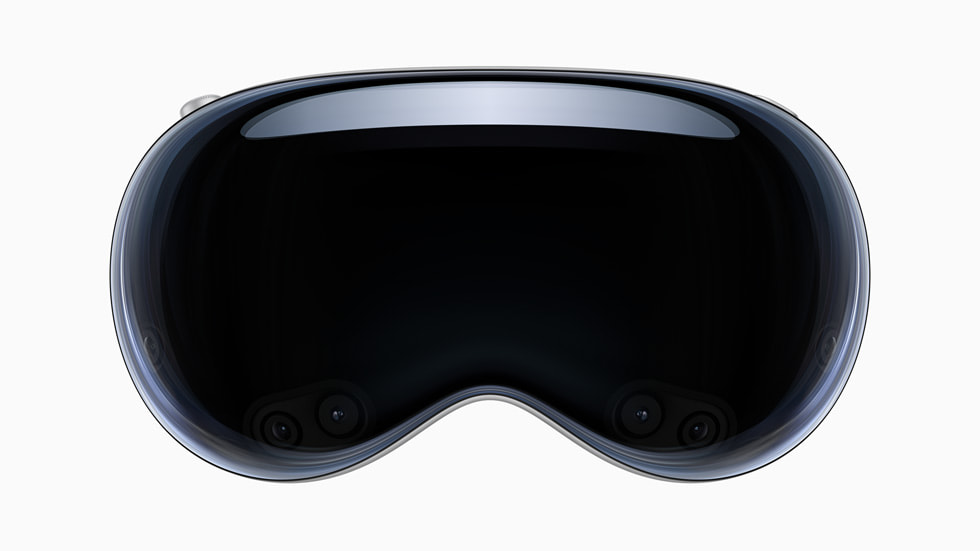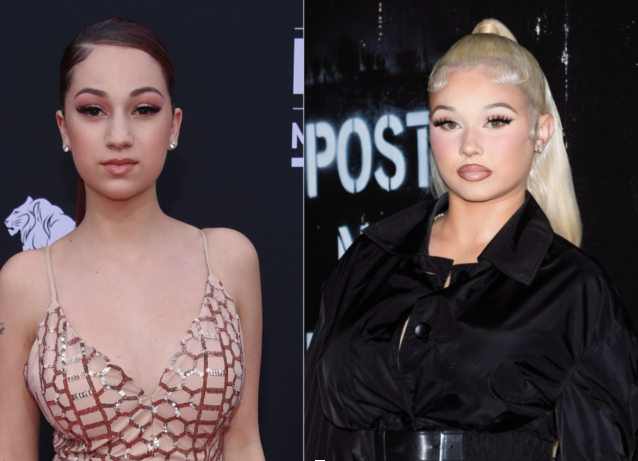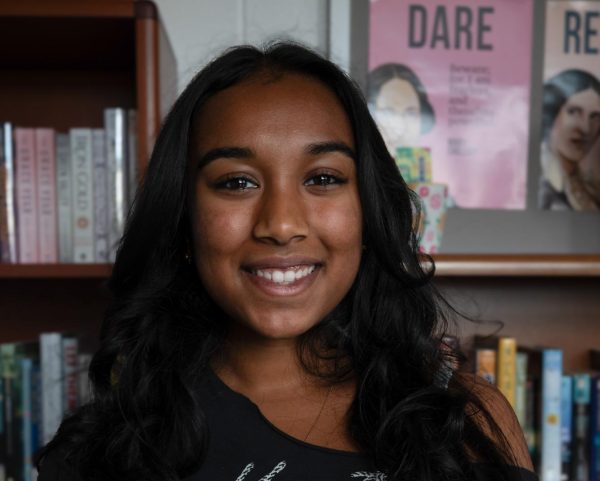In the past, there was very little Asian representation in western media, and although there is a rise in Arab and South Asian characters in popular media, it has not fully fixed the problem that the lack of representation causes.
The environment that a person grows up in and the way they see their world portrayed often has a big impact on the way they see themselves and other people. Middle schoolers are generally the most vulnerable in this aspect. Many people felt hyper aware of how they portrayed themselves and their culture during their middle school years.
“A lot of my classmates didn’t understand where I was from, my culture, why my parents had an accent, and stuff like that. So, I felt like I had to assimilate a lot, especially in middle school,” social studies teacher Naureen Khan said.”It really affected my mental health too, I was super shy and I didn’t want to talk to anybody.”
Ms. Khan was born to Algerian and Pakistani parents but grew up in Baltimore County. In her school she was one of the only Arab or South Asian kids, so she felt like her classmates didn’t really understand her. The incorrect, and often biased, media of that time led to her peers having false perceptions of her and her background. As she grew up and found people who could relate to her, she broke out of that shell and started to become more confident. With the rise in South Asian and Arab representation, however, she feels like it’s not helping
people who are insecure about their background. The two she dislikes especially, are Ms. Marvel, a pakistani-american teen superhero show, and Ramy, a show about a young muslim man struggling with his identity. Both shows, in her opinion, lead to more false stereotypes and prejudices. To kids who are currently in a vulnerable place, these portrayals can make them feel embarrassed and ashamed of their background. The way culture is watered down also causes it to lose its importance. It reduces the meaning and impact that culture has on the world today. As culture loses its importance, many people lose themselves with it as well.
“I remember the show that recently came out, Ms. Marvel. I watched the first few episodes and I remember thinking, this is so wrong, this is so Americanized,” said Khan. “I felt the same about the Arab show, Ramy. It felt so watered down and so bad because Islam portrayed in Hollywood is really bad.”
South Asian Student Association president Aasritha Chikkala was born and raised in Edison, New Jersey, a predominantly South Asian community. As she was mainly surrounded by people with a similar background, she has always had a good relationship with her culture. She agrees that representation in current popular media is watered down, but she thinks that the actors more than the actual characters have the ability to help people who are insecure in their culture. For example, she looks up to actors like Maitreyi Ramakrishnan from the show Never Have I Ever and Avantika Vandanapu from Mean Girls (2024) because they share a similar background. Seeing South Asian women on screens gives her hope that girls like her can flourish and be respected in various fields.
“I think that popular media definitely does misrepresent certain demographics, but I feel like this is just the beginning,” Chikkala said. “As we progress, there will be better representation and I feel like people will start to get more comfortable with diversity and be more confident in their own identities.”

Sophomore Mahsaa Esmati was born in Afghanistan and moved to the US when she was in second grade. Despite learning to fit in in an environment completely different to what she was used to, she has done her best to also retain her culture. When she was in middle school, she felt hyper aware of how she was presenting herself and what people thought of her. However, she’s realized that diversity is important because it leads to different viewpoints and approaches to certain topics. In her opinion, diversity in media is important because not only does it empower people, it also introduces them to new ideas and insights.
“Sometimes, I’ve felt embarrassed about my culture in middle school especially, but now that I’m older I think that a difference in culture is important because it introduces new perspectives,” Esmati said. “I’m trying to learn how to embrace who I am instead of hiding it away.”
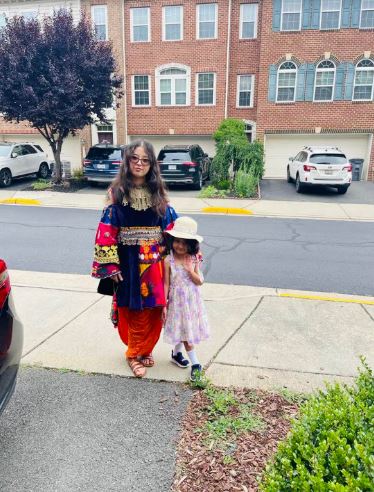
Champe prides itself on having a diverse population and part of what makes that beautiful is the variety of culture and unique perspectives that come along with it. If people don’t embrace their cultures, the rich variety is lost.
“To people struggling with their cultural identity, I would say open up and find a community online or in person with similar cultural identities,” Chikkala said. “I feel like it would help them understand that they’re not alone and there’s people out there who can relate to their experiences.”


